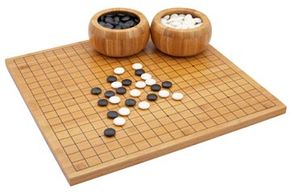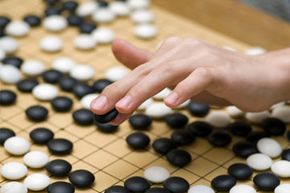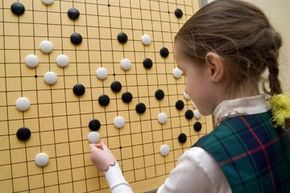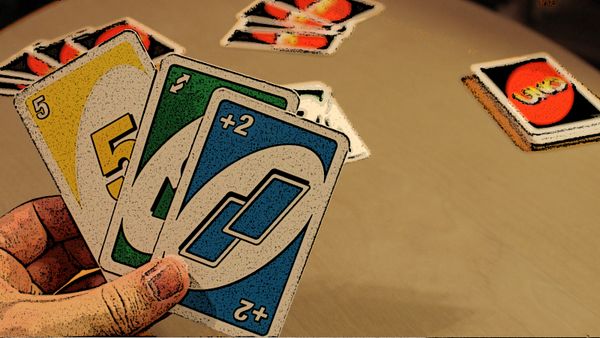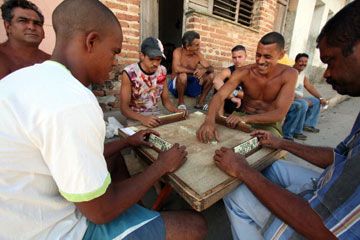The game Go has only one objective: control the most territory. But this simple board game, easily played by children and novices, can take a lifetime to master. There are more possible ways for a game of Go to play out than there are subatomic particles in the known universe [source: American Go Association]. Even the most sophisticated computer programs can't come up with a definitive solution for winning at Go -- unlike chess, in which artificial intelligence can routinely trounce a human opponent.
Go is the oldest game -- ever -- that is still played in its original form. Go enthusiasts may debate whether the game originated in China or neighboring Tibet. And they haven't reached a consensus on whether it was invented a mere 3,000 years ago or nearly 4,000 years ago. But Go was so highly regarded that by the 1600s in China, it was considered one of the four skills a gentleman must master [source: The International Go Federation]. The game is known as weiqi in China, baduk in Korea and sometimes as igo instead of Go in Japan [source: 361 Points].
Advertisement
Beginning in about 1000 A.D., Go was played in Japan by the upper classes, but it wasn't until the Tokugawa period (1603-1867 A.D.) that Go became a cultural institution in Japan. Four schools were founded, each with the sole purpose of instructing students to play Go and then compete against each other [source: The International Go Federation]. After hundreds of years of play -- with varying levels of aristocratic enthusiasm -- a professional tournament system was launched. Popularity spread to Asian and European countries and the United States. By the late 1970s, organized Go tournaments were being held throughout the world. Today, more than 70 member countries participate in international play, which is given daily newspaper coverage in Japan while its players are given celebrity status. And new players are still discovering the game, which is played exactly as it was in the beginning [source: American Go Association].
So how do you make the first move? We'll share a step-by-step guide to Go on the next page.
Advertisement
